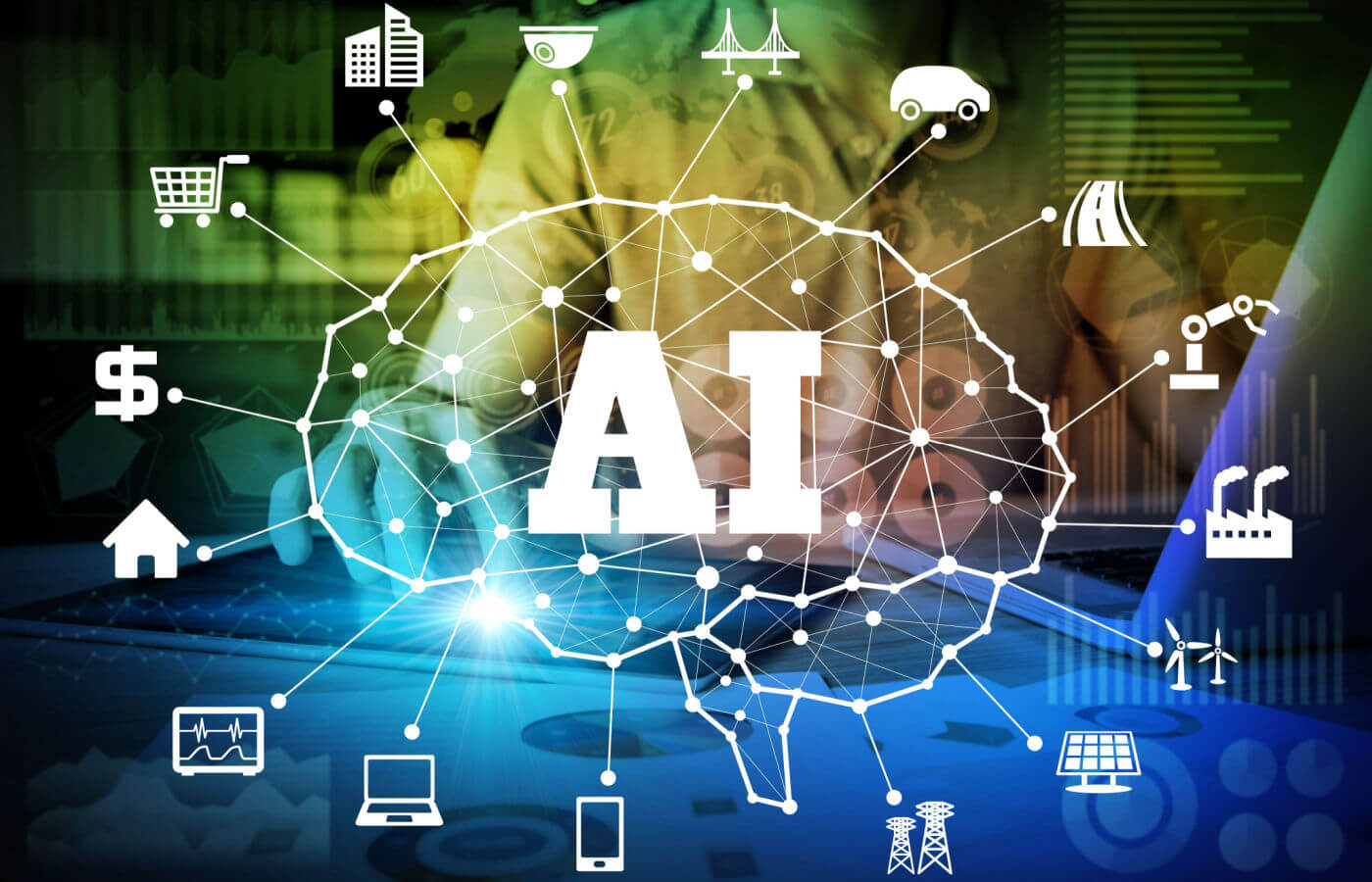Mark Zuckerberg Raises Concerns Over China’s Data-Center Expansion Potentially Outpacing US AI Research

The Competitive Landscape of AI: U.S. vs. China
Overview of the Current AI Race
The world of artificial intelligence (AI) is rapidly evolving. Countries are investing heavily in AI technologies, aiming to capitalize on their potential to transform economies, societies, and industries. In this fierce competition, the United States and China are at the forefront, each striving to establish dominance in this crucial field. However, concerns are rising about the advantages that China’s accelerated efforts in data centers could grant them, particularly highlighted by comments from influential figures, including Mark Zuckerberg.
The Significance of Data Centers in AI Development
Data centers are essential for AI, acting as the backbone that stores and processes vast amounts of data needed for machine learning and other AI applications. The more robust and advanced a country’s data center infrastructure, the better its capacity to train and deploy AI models. China has been heavily investing in this area, which may enable its tech organizations to leap ahead of their U.S. counterparts.
Key Components of Data Centers
- Infrastructure: High-performance computing systems.
- Storage: Capacity to hold extensive datasets.
- Networking: High-speed connections to transmit data efficiently.
- Energy Efficiency: Systems designed to minimize energy consumption while maximizing output.
The Potential Impact of China’s Investments
China’s aggressive development of data centers may provide them with a significant edge in AI research and deployment. Mark Zuckerberg has pointed out the potential for a "serious disadvantage" for the U.S. if this trend continues. This concern is echoed throughout the tech industry as companies realize the implications for national security and economic stability.
Areas Where China May Excel
- Speed of Development: Chinese tech firms can often navigate regulatory hurdles faster than their U.S. counterparts.
- Data Availability: With a larger population and fewer privacy regulations, acquiring large datasets for training AI systems is easier.
- State Support: Government backing for tech initiatives provides strategic advantages in funding and policy support.
U.S. Response to the Challenge
The U.S. is aware of the competitive threat posed by China’s advancements and is taking steps to enhance its own AI capabilities. Several strategies are emerging, including investments in research, fostering partnerships between public and private sectors, and emphasizing education in STEM fields.
U.S. Initiatives in AI
- National AI Strategy: A coordinated effort to establish goals for AI development and implementation.
- Research Grants: Increased funding for universities and research institutions focused on AI.
- Public-Private Partnerships: Collaborations between government agencies and private tech companies to accelerate innovation.
The Role of Tech Giants
Major tech companies in the U.S. are also pivotal in the AI race. Companies like Google, Microsoft, and Amazon are constantly improving their AI technologies and infrastructure. They invest in cutting-edge technology to maintain their edge and secure their position as leaders in the AI market.
Contributions from Tech Leaders
- Innovation: Continuous development of powerful AI tools and platforms.
- Partnerships: Collaborating with startups and academic institutions to explore new ideas and technologies.
- Ethics in AI: Initiatives focused on the ethical implications of AI technology and its impact on society.
Conclusion
The ongoing competition in AI between the U.S. and China underscores the importance of innovation, data access, and strategic investments. As both countries ramp up their efforts, the landscape continues to evolve, highlighting the need for a clear understanding of the challenges and opportunities ahead in the world of AI.






